Description
Saffron Herbs
Saffron (Crocus sativus) is a spice derived from the flower of the saffron crocus, a perennial plant belonging to the Iridaceae family. Saffron is known for its distinctive flavor, aroma, and vibrant golden-yellow to reddish-orange color. It is one of the most expensive spices by weight, primarily due to the labor-intensive process of harvesting and processing the saffron threads. Here are key aspects of saffron:
Harvesting and Processing:
- Flower:
- Saffron comes from the flower of the saffron crocus. The flowers bloom in the autumn and have purple petals with a central three-pronged stigma.
- Stigma (Saffron Threads):
- The valuable part of the saffron flower is the stigma, a tiny thread-like structure in the center of the flower. These threads are collected by hand during the short saffron flowering season.
- Drying:
- After harvesting, the saffron threads are carefully dried to preserve their flavor, aroma, and color. The drying process involves gentle heat, and it’s crucial to prevent moisture from affecting the quality.
Flavor and Aroma:
- Flavor:
- Saffron has a unique and complex flavor characterized by a subtle honey-like sweetness, along with floral and earthy notes. It can add depth and complexity to various dishes.
- Aroma:
- The aroma of saffron is often described as sweet, hay-like, and slightly metallic. It contributes to the overall sensory experience of dishes.
Culinary Uses:
- Food Coloring and Flavoring:
- Saffron is prized for its ability to impart a rich, golden color to dishes. It is used in a variety of culinary applications, including rice dishes, soups, stews, and desserts.
- Paella:
- Saffron is a key ingredient in traditional Spanish paella, where it not only contributes color but also enhances the overall flavor of the dish.
- Sweets and Desserts:
- Saffron is used in the preparation of sweets and desserts, including saffron-infused rice puddings, ice creams, and cakes.
Medicinal Uses:
- Traditional Medicine:
- In traditional medicine, saffron has been used for its potential medicinal properties. It is believed to have antioxidant and anti-inflammatory effects.
- Health Benefits:
- Some studies suggest that saffron may have potential health benefits, such as mood enhancement and support for certain cognitive functions. However, more research is needed to fully understand these effects.
Cautions:
- High Cost:
- Saffron is one of the most expensive spices, and it is susceptible to adulteration with lower-cost substitutes. Purchasing saffron from reputable sources is important to ensure quality.
- Pregnancy:
- Pregnant individuals should consume saffron in moderation, as excessive amounts may be associated with certain risks.
- Allergies:
- Some individuals may be allergic to saffron, and allergic reactions can occur. It’s advisable to exercise caution, especially for those with known allergies.
Saffron is a highly valued spice with a rich history and a wide range of culinary and potential medicinal uses. It should be used judiciously due to its cost and potency.

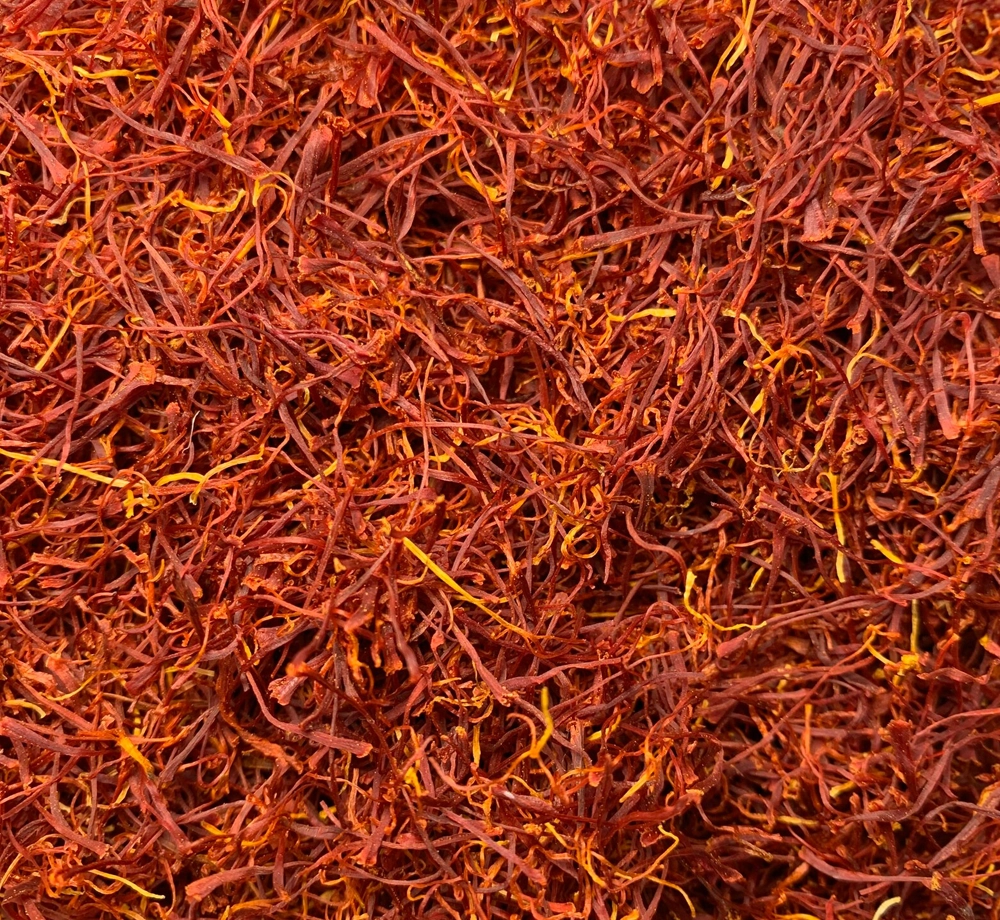
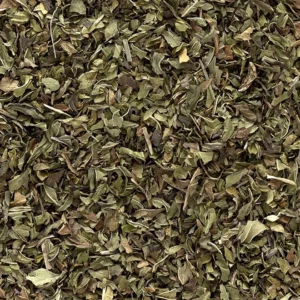
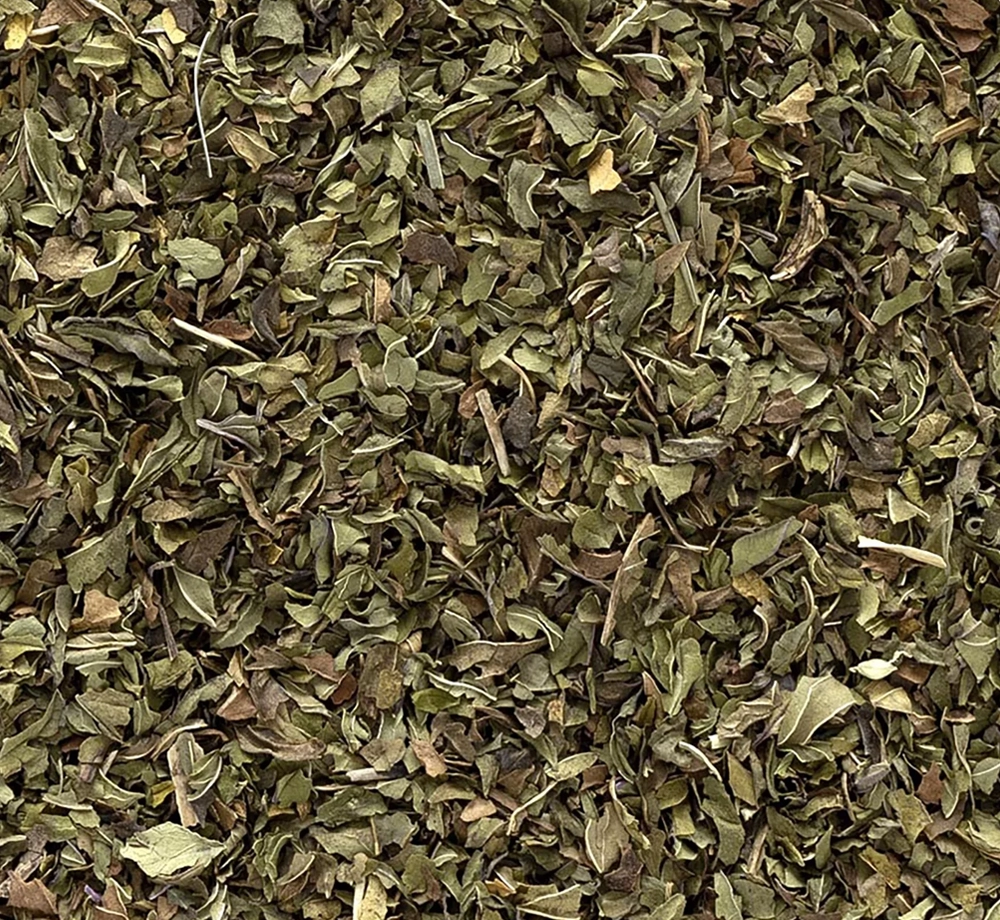
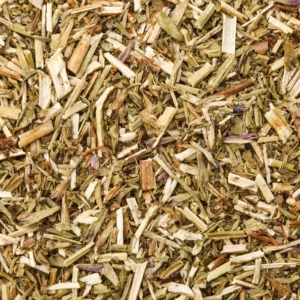
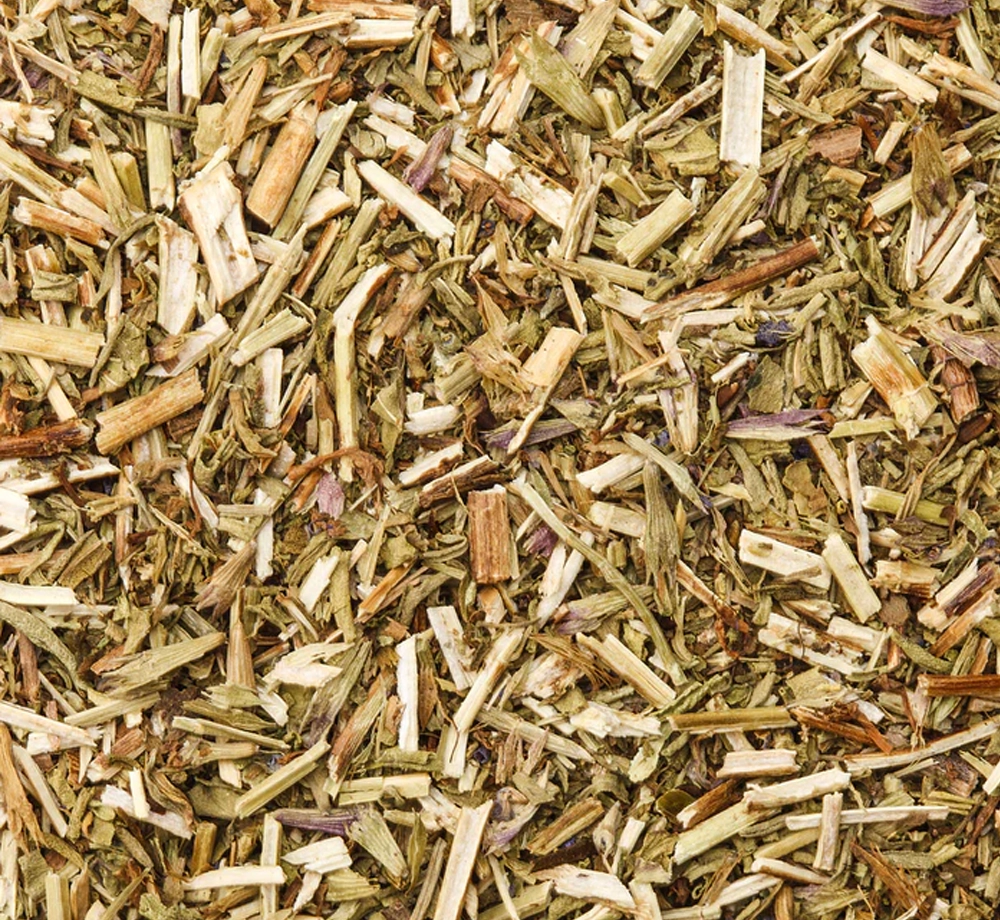
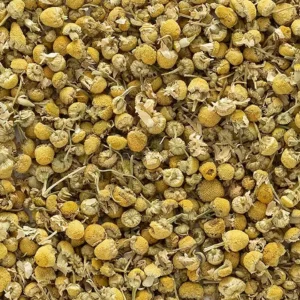
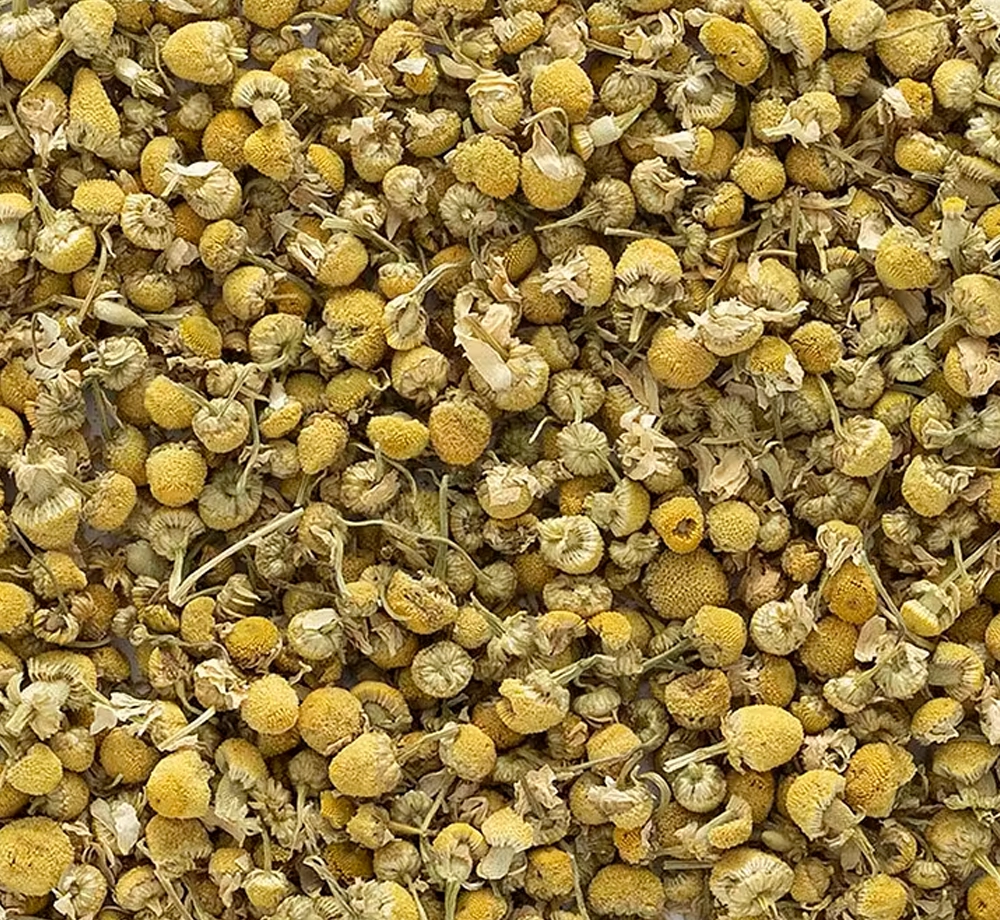
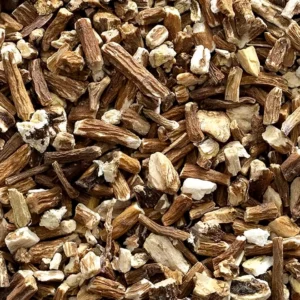
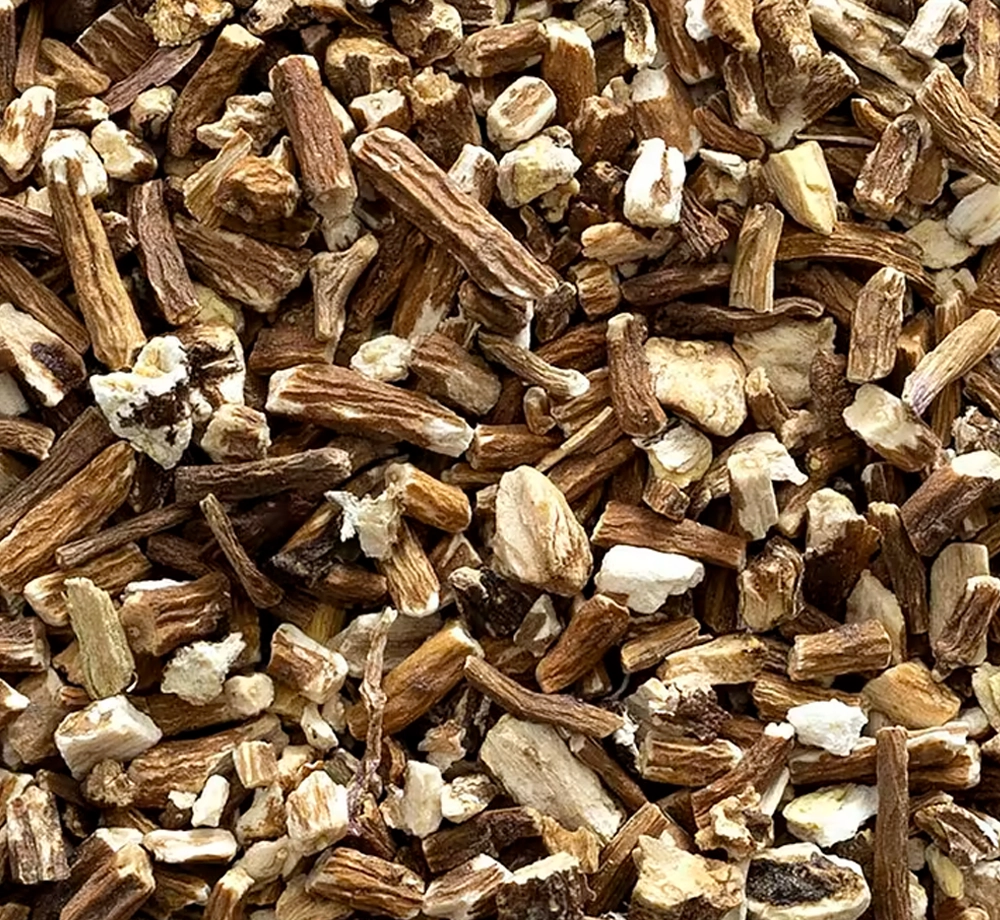
Reviews
There are no reviews yet.